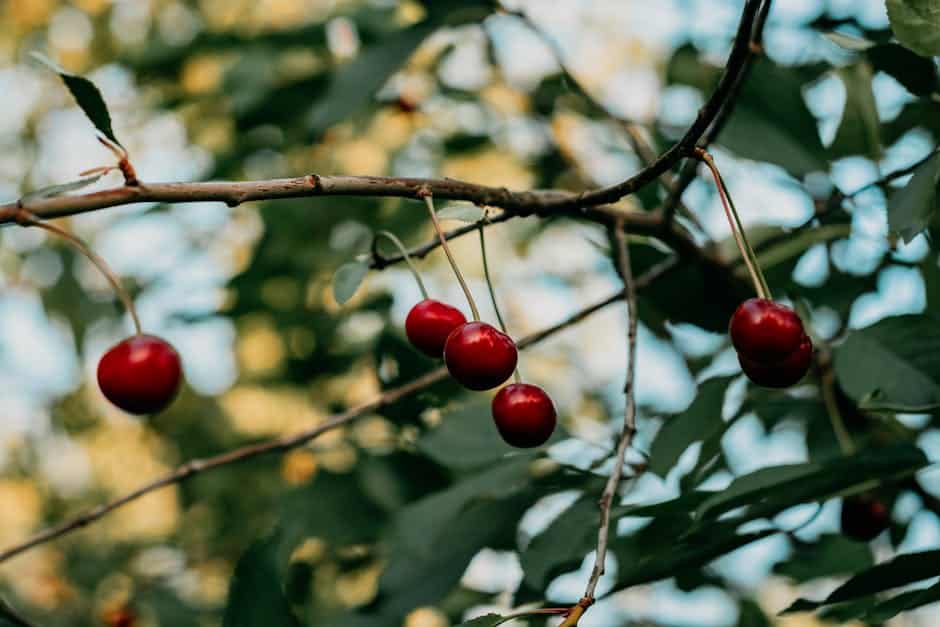Can Grapes Thrive in Hydroponic Setups?
Hydroponic systems have gained popularity in recent years for their ability to optimize plant growth and maximize crop production. While traditionally grapes have been grown in soil, there is a growing interest in exploring the potential of hydroponic setups for cultivating grapes. In this article, we will delve into the benefits and challenges of growing grapes hydroponically to determine if they can truly thrive in such systems.
The Benefits of Growing Grapes Hydroponically
One of the key advantages of hydroponic grape cultivation is the reduced pest problems compared to traditional soil-based methods. Without soil, there is less risk of soil-borne pests and diseases, leading to healthier plants. Additionally, hydroponic systems provide better control over growing conditions, allowing for optimal growth and higher yields.
Another benefit is the faster growth and crop production that can be achieved in hydroponic setups. Grapes grown hydroponically tend to mature and produce fruit more quickly than those grown in soil. This can significantly reduce the time required from planting to harvest, resulting in a more efficient cultivation process.
Flexibility in system configuration is another advantage of hydroponic grape cultivation. Growers can design their systems to meet specific spatial requirements, making it possible to cultivate grapes in limited spaces. This space efficiency is particularly valuable in urban or indoor farming environments.
Hydroponic grape cultivation also offers better control over environmental factors such as humidity and temperature. This control helps prevent fruit rot diseases, which can be a significant concern in traditional outdoor grape cultivation. By maintaining optimal conditions, growers can ensure the quality and health of the grapes.
The Challenges of Growing Grapes Hydroponically
While there are numerous benefits to hydroponic grape cultivation, there are also challenges that growers need to consider. One important consideration is the need for proper support for the vines. Grapes are vining plants that require sturdy structures to climb and grow properly. Without proper support, the vines may become tangled or damaged.
Another challenge is the time it takes for the vines to mature and produce fruit. Compared to traditional soil-based methods, hydroponic grape cultivation may require more patience as the vines establish themselves and develop. However, once the vines reach maturity, they can produce fruit more quickly.
Proper nutrient management is crucial in hydroponic systems to ensure optimal growth and fruit quality. Growers need to carefully monitor and adjust nutrient levels to provide the grapes with the necessary elements for healthy development. Nutrient deficiencies or imbalances can negatively impact plant growth and fruit production.
Choosing the right system, managing nutrient levels, ensuring proper oxygenation, and avoiding root rot and nutrient burn are all challenges that hydroponic grape growers need to address. Additionally, monitoring and adjusting pH and nutrient levels, controlling temperature and humidity, providing adequate lighting, pruning and training the vines, identifying and treating diseases, and implementing integrated pest management strategies are all part of the complexity of hydroponic grape cultivation.
Grape Varieties Suitable for Hydroponic Cultivation
Several grape varieties have been successfully cultivated in hydroponic setups. Crimson Seedless, Thompson Seedless, Flame Seedless, and Black Hamburg are among the popular varieties for hydroponic cultivation. These varieties have shown resilience and adaptability to the hydroponic environment, resulting in successful yields and high-quality fruit.
Conclusion
While there are challenges to overcome, grapes can indeed thrive in hydroponic setups. The benefits of reduced pest problems, faster growth and crop production, flexibility in system configuration, and control over humidity and temperature make hydroponic grape cultivation an attractive option for growers. However, careful attention must be given to proper support for the vines, nutrient management, and the various environmental factors that impact grape growth.
Related Websites:
FAQs:
Q: What are the benefits of hydroponic growing for grapes?
Hydroponic growing offers several benefits for grapes, including faster growth, higher yields, and better control over nutrient absorption. With hydroponics, grapes can be grown in areas with limited soil quality or space, making it a versatile and efficient method of cultivation.
Q: What are the key challenges of growing grapes in a hydroponic system?
Adapting the traditional requirements of grape cultivation to a hydroponic system can be challenging. The main challenges include providing proper root support, ensuring the right nutrient balance, and managing temperature and light levels to mimic natural conditions.
Q: Which hydroponic setups are suitable for growing grapes?
Various hydroponic setups can potentially support grape cultivation, such as Nutrient Film Technique (NFT) and Deep Water Culture (DWC). It is important to choose a system that provides sufficient support for the vines and allows for optimal nutrient absorption and root development.
Q: How can nutrient solutions be adapted for hydroponic grape cultivation?
Nutrient solutions play a crucial role in hydroponic setups. To adapt the nutrient solution for grape cultivation, it is important to consider the specific nutrient requirements of grapevines. Maintaining the right nutrient balance, pH levels, and providing essential minerals like potassium, phosphorus, and nitrogen are vital for healthy grape growth.
Q: What methods can be used for root support and trellising in hydroponic grape setups?
Proper root support is essential for grapevines in hydroponic systems. Nutrient Film Technique (NFT) or Deep Water Culture (DWC) are common methods for providing root support. Additionally, trellising and training the vines can maximize grape production by ensuring proper air circulation and light exposure.






